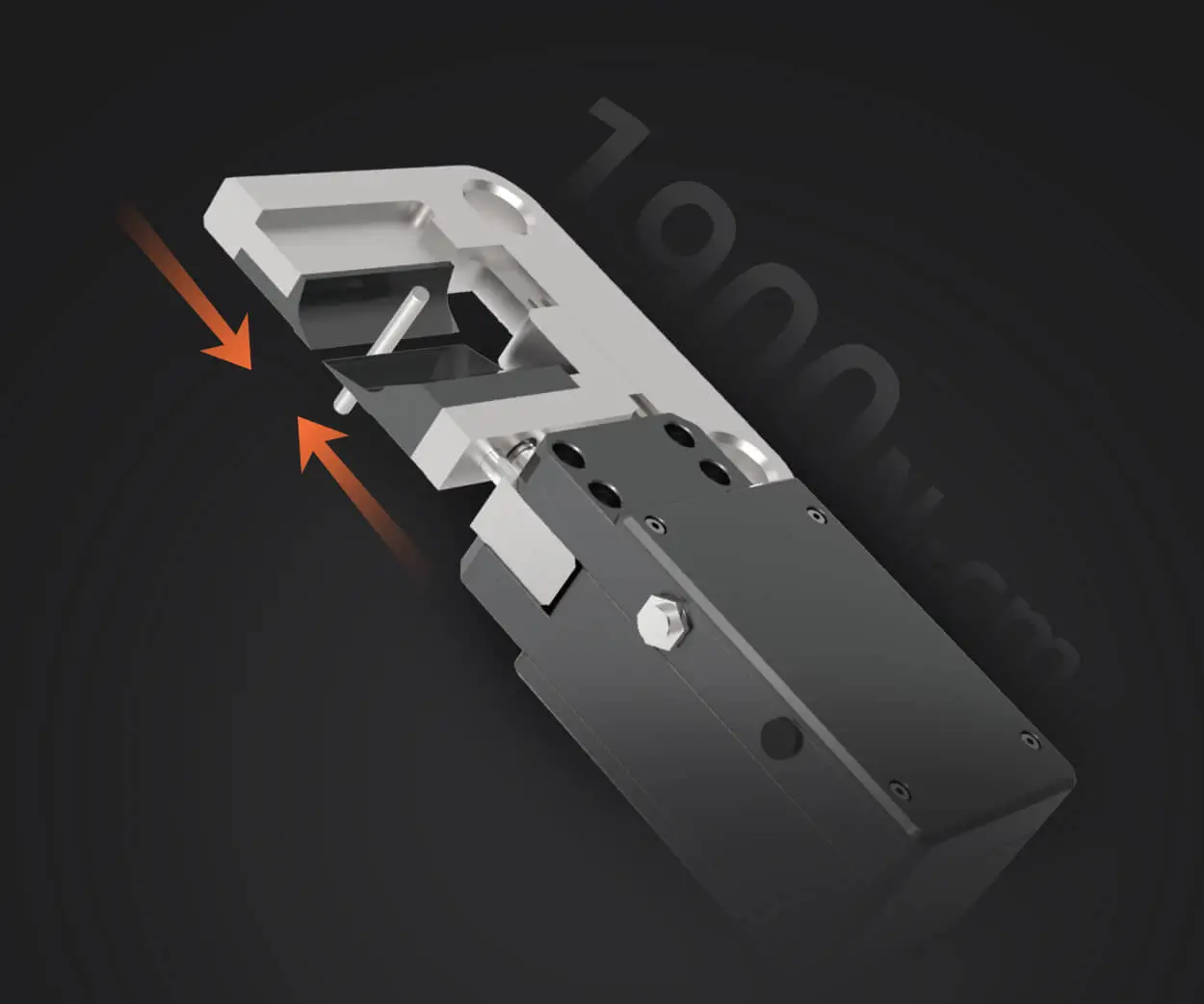Unlocking Power and Precision: The Essential Guide to Hydraulic Motors with Gearboxes
In the world of industrial machinery and heavy equipment, there's a silent hero often working behind the scenes—hydraulic motors paired with gearboxes. These dynamic components are central to creating efficient, powerful, and precise mechanical systems that underpin everything from construction vehicles to manufacturing lines. But what exactly makes hydraulic motors with gearboxes such a compelling combination? Let’s peel back the layers and explore why this duo continues to shape the future of mechanical innovation.

Understanding Hydraulic Motors
At their core, hydraulic motors convert fluid pressure into rotational mechanical energy. Imagine the force of water rushing through a pipe, turning blades and generating motion—this is essentially how hydraulic motors operate. They utilize pressurized hydraulic fluid—often oil—to produce rotary power, which can then be harnessed to drive machinery or perform work.
Hydraulic motors are renowned for their exceptional torque output, especially at low speeds, making them invaluable in scenarios requiring high power output where electric motors might fall short. They're also adaptable to various environments, capable of operating in harsh conditions like extreme temperatures, dust, or moisture.
The Role of Gearboxes
While hydraulic motors generate rotational motion, incorporating a gearbox significantly enhances their versatility. A gearbox—essentially an ensemble of gears—serves as a power transmission device that modifies the rotational speed, torque, or both, to better match an application's needs. Think of it as a set of finely tuned levers that refine raw power into precise movement.
Gearboxes can increase torque while reducing rotational speed (known as gear reduction), or sometimes, increase speed at the expense of torque (gear multiplication). In most industrial applications, gearboxes primarily serve to amplify torque and achieve the desired output speed, facilitating smooth operation and control.
Synergy Between Hydraulic Motors and Gearboxes
When combined, hydraulic motors and gearboxes create a powerful synergy that optimizes performance. The hydraulic motor supplies high torque at low speeds—perfect for heavy-duty tasks—while the gearbox adjusts the output to meet specific operational requirements.
Imagine a drilling rig or an offshore crane. These machines demand immense torque to move heavy loads but need precise control over their movement and speed. A hydraulic motor, with its capacity for delivering substantial force, paired with a gearbox that fine-tunes the output, ensures efficient and reliable performance.
Advantages of the Hydraulic Motor with Gearbox Setup
High Torque at Low Speeds Hydraulic motors naturally excel in delivering high torque, especially at low rotational speeds—ideal for heavy lifting, crushing, or turning large machinery parts.
Adjustable Speed and Torque Incorporating gearboxes allows operators to modify output speed and torque seamlessly, providing flexible control tailored to specific tasks.
Durability and Reliability Hydraulic systems endure extreme conditions, resist wear, and have fewer moving parts compared to electric motors, contributing to longer service life.
Compact and Lightweight Despite their power, hydraulic motors are relatively small and lightweight, making them suitable for applications where space and weight are constraints.
Smooth and Precise Control Hydraulic systems enable fine-tuned regulation of machine movements, essential for delicate operations or automation.
Applications Across Industries
From construction to marine engineering, the combination of hydraulic motors and gearboxes plays a vital role across various sectors:
Construction Equipment: Excavators, bulldozers, and cranes rely on hydraulic motors for powerful movements, with gearboxes ensuring precise and safe operation.
Agricultural Machinery: Implements such as harvesters and tillers benefit from hydraulic-driven systems offering durability and control.
Marine Industry: Winches, steering mechanisms, and propulsion systems utilize hydraulic motors with gearboxes for reliability in demanding environments.
Manufacturing and Automation: Conveyor belts, robotic arms, and presses employ these systems for efficiency and precision.
Factors to Consider in Selecting a Hydraulic Motor with Gearbox
Choosing the right combination involves a careful evaluation of operational requirements:
Load Capacity: Estimation of maximum torque needed during operation. Speed Range: Desired rotational speeds at the output. Environmental Conditions: Exposure to elements like moisture, dust, or temperature extremes. Space Constraints: Available space for installation. Maintenance and Longevity: Ease of servicing and expected lifespan.
In essence, understanding how hydraulic motors and gearboxes work together provides engineers and mechanics with tools to design smarter, more efficient, and more durable machinery.
Kpower has delivered professional drive system solutions to over 500 enterprise clients globally with products covering various fields such as Smart Home Systems, Automatic Electronics, Robotics, Precision Agriculture, Drones, and Industrial Automation.




































